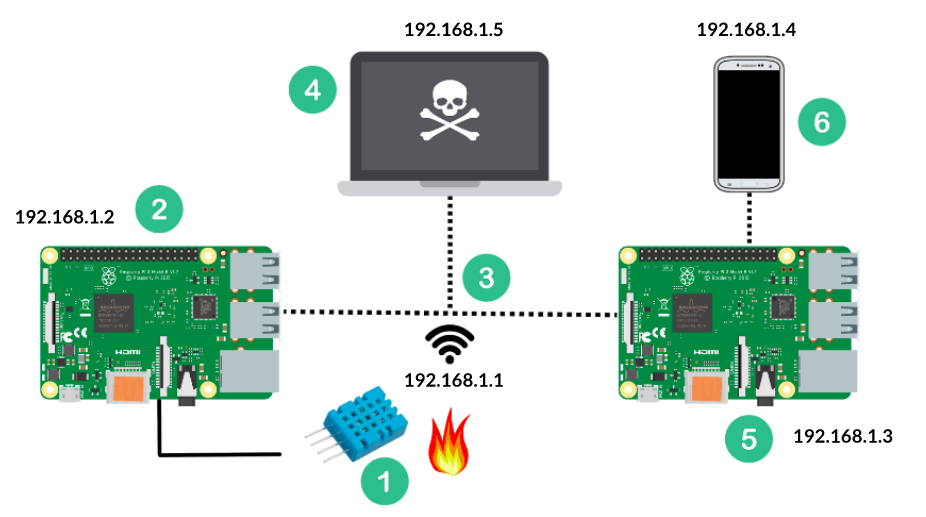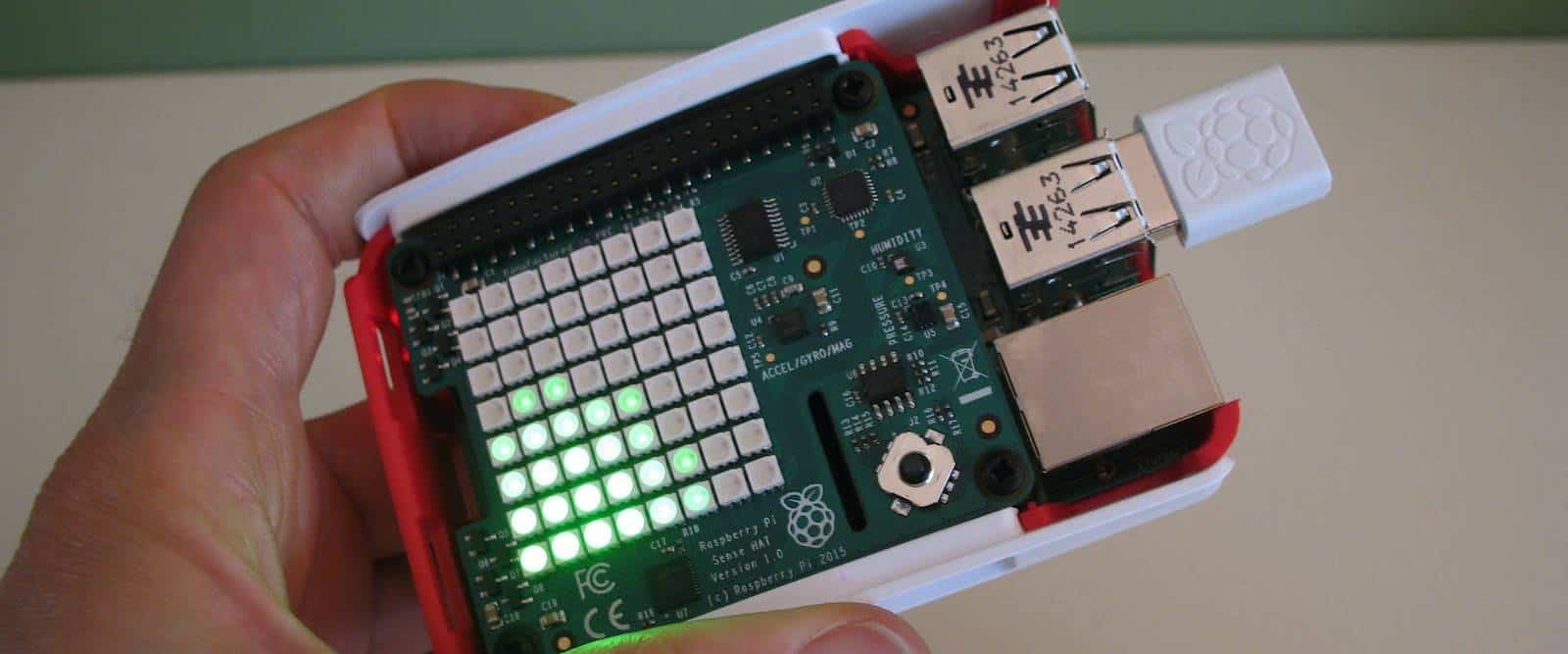Best IoT SSH Web For Raspberry Pi: Your Ultimate Guide
Are you looking for the best IoT SSH web solutions for Raspberry Pi? As the world of Internet of Things (IoT) continues to expand, managing devices remotely has become an essential skill for developers and hobbyists alike. One of the most popular tools for remote access is Secure Shell (SSH), and when combined with a web-based interface, it becomes even more powerful. This article will guide you through the best IoT SSH web solutions for Raspberry Pi, ensuring you have all the tools and knowledge to manage your devices effectively.
From setting up a secure SSH connection to integrating web-based interfaces, this guide will cover everything you need to know. Whether you're a beginner or an experienced developer, you'll find valuable insights into making the most out of your Raspberry Pi's capabilities in IoT projects.
As we delve into the topic, we'll explore various tools, configurations, and best practices that will help you secure your devices and streamline your workflow. Let's get started!
Read also:Unleashing Resilience The Inspiring Journeys Of David Goggins And Kish
Table of Contents
- Introduction to IoT SSH Web
- Raspberry Pi Overview
- Why Use SSH for IoT?
- Best IoT SSH Web Tools
- Setting Up SSH on Raspberry Pi
- Securing Your SSH Connection
- Web-Based SSH Clients
- Troubleshooting Common Issues
- Use Cases for IoT SSH Web
- Conclusion and Next Steps
Introduction to IoT SSH Web
In today's interconnected world, managing IoT devices remotely is crucial. Secure Shell (SSH) provides a secure way to access and control these devices from anywhere in the world. By integrating SSH with a web-based interface, you can simplify the process and make it accessible through any browser. This combination is particularly beneficial for Raspberry Pi users who want to manage their IoT projects efficiently.
Web-based SSH solutions allow you to access your Raspberry Pi without requiring specialized software. You can log in directly from a web browser, making it convenient for both beginners and advanced users. These tools are especially useful for remote troubleshooting, deploying code, and monitoring IoT devices.
Raspberry Pi Overview
Raspberry Pi is a powerful single-board computer designed for hobbyists, developers, and educators. It has become a staple in the IoT ecosystem due to its affordability, versatility, and ease of use. With its small form factor and wide range of GPIO pins, Raspberry Pi can be used for a variety of projects, from home automation to weather stations.
One of the key features of Raspberry Pi is its ability to run a full Linux operating system, which makes it compatible with SSH. This compatibility allows users to manage their devices remotely, making it an ideal platform for IoT applications. By leveraging SSH and web-based tools, you can take full advantage of Raspberry Pi's capabilities in your projects.
Why Use SSH for IoT?
SSH is a protocol designed for secure remote communication between devices. It encrypts all data transmitted between the client and server, ensuring that sensitive information remains protected. For IoT devices, this is particularly important as they often handle critical data such as sensor readings, control signals, and system configurations.
Here are some reasons why SSH is ideal for IoT:
Read also:Embers Of Regret Lessons From My Firefighter Exhusbands Choices
- Security: SSH uses encryption to protect data during transmission.
- Flexibility: SSH supports a wide range of commands and can be used for file transfers, system monitoring, and more.
- Automation: SSH can be scripted to automate repetitive tasks, saving time and reducing errors.
- Remote Access: With SSH, you can manage your IoT devices from anywhere in the world.
Best IoT SSH Web Tools
There are several tools available for integrating SSH with web-based interfaces on Raspberry Pi. Below, we'll explore some of the best options, highlighting their features and benefits.
WebSSH
WebSSH is a lightweight web-based SSH client that allows you to connect to your Raspberry Pi directly from a browser. It supports all major browsers and requires no additional software installation. WebSSH is particularly useful for users who need quick access to their devices without the hassle of setting up a traditional SSH client.
Key Features:
- Simple and intuitive interface
- Supports multiple SSH sessions
- Compatible with various operating systems
Termius
Termius is a feature-rich SSH client that offers both desktop and mobile applications. It provides a seamless experience for managing IoT devices, including Raspberry Pi. With its advanced features, such as session management and clipboard integration, Termius is a great choice for developers who need more control over their SSH connections.
Key Features:
- Multi-platform support (Windows, macOS, Linux, iOS, Android)
- Cloud synchronization for session management
- Customizable keyboard shortcuts
TTYD
TTYD is an open-source web-based terminal emulator that allows you to access your Raspberry Pi via SSH through a web browser. It is lightweight, easy to set up, and provides a secure connection for managing your IoT devices. TTYD is particularly useful for users who prefer a minimalist approach to remote access.
Key Features:
- Open-source and free to use
- Supports multiple users and sessions
- Customizable terminal settings
Setting Up SSH on Raspberry Pi
Before you can use web-based SSH tools, you need to enable SSH on your Raspberry Pi. This process is straightforward and can be completed in a few simple steps.
- Boot your Raspberry Pi and log in to the operating system.
- Open the terminal and type the following command to enable SSH:
sudo raspi-config
- Select "Interfacing Options" and then "SSH" from the menu.
- Follow the prompts to enable SSH and reboot your Raspberry Pi.
Once SSH is enabled, you can connect to your Raspberry Pi using any web-based SSH client. Make sure to note the IP address of your device, as you'll need it to establish a connection.
Securing Your SSH Connection
While SSH provides a secure connection, it's important to take additional steps to protect your IoT devices. Here are some best practices for securing your SSH connection:
- Use strong passwords: Avoid using weak or default passwords for your Raspberry Pi.
- Enable two-factor authentication: Add an extra layer of security by requiring a second form of verification.
- Disable root login: Restrict access to the root account to prevent unauthorized users from gaining full control of your device.
- Update regularly: Keep your operating system and SSH software up to date to protect against vulnerabilities.
Web-Based SSH Clients
Web-based SSH clients offer a convenient way to manage your Raspberry Pi from any device with a browser. These tools eliminate the need for installing additional software, making them ideal for users who need quick access to their IoT devices.
Some popular web-based SSH clients include:
Each of these tools has its own strengths and weaknesses, so it's important to choose the one that best fits your needs.
Troubleshooting Common Issues
Even with the best tools and configurations, issues can arise when working with SSH and IoT devices. Below are some common problems and their solutions:
- Connection refused: Ensure that SSH is enabled on your Raspberry Pi and that the IP address is correct.
- Authentication failure: Double-check your username and password, and make sure they match the credentials on your device.
- Timeout errors: Check your network connection and ensure that your Raspberry Pi is reachable from your location.
Use Cases for IoT SSH Web
Web-based SSH solutions have a wide range of applications in the IoT space. Here are some examples of how these tools can be used:
- Remote monitoring: Use SSH to monitor sensor data and system performance from anywhere in the world.
- Code deployment: Automate the deployment of code updates to your IoT devices using SSH scripts.
- Device configuration: Manage device settings and configurations remotely, saving time and reducing downtime.
Conclusion and Next Steps
In conclusion, the best IoT SSH web solutions for Raspberry Pi provide a powerful and convenient way to manage your IoT devices. By leveraging tools like WebSSH, Termius, and TTYD, you can streamline your workflow and improve the security of your projects. Remember to follow best practices for securing your SSH connections and troubleshooting common issues to ensure a smooth experience.
We encourage you to explore the tools and techniques discussed in this article and apply them to your own IoT projects. Don't forget to leave a comment below sharing your experiences and suggestions. For more in-depth guides and tutorials, check out our other articles on IoT and Raspberry Pi.
Article Recommendations


